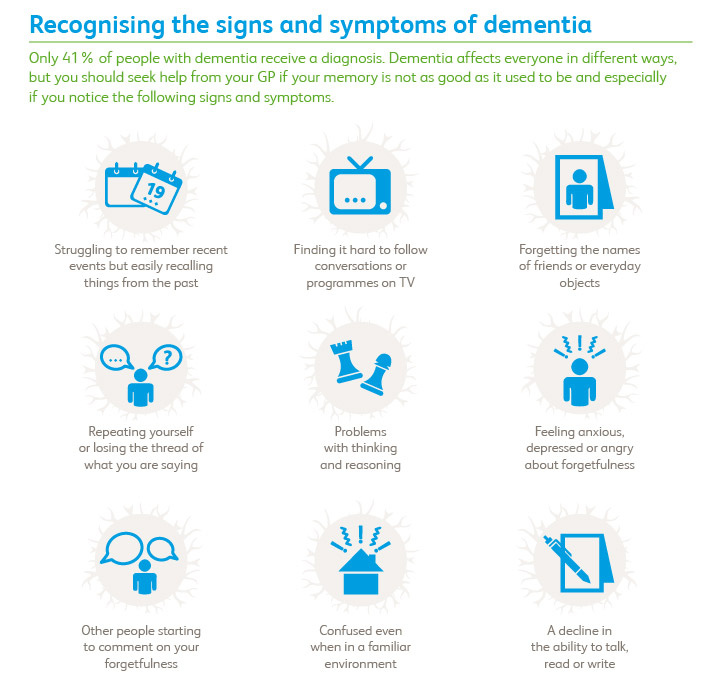
Designing a Dementia-Friendly Bathroom
An estimated 800,000 people in the UK have dementia and 163,000 new cases diagnosed in England and Wales each year. People with dementia are twice as likely to fall as others and those falls are three times more likely to result in mortality than for others in the same age group.
Dementia can lead to a marked reduction in the ability to perceive danger; consequently the bathroom can become a dangerous and confusing place. A dementia-friendly bathroom is one where simple but careful design can not only improve safety but quality of life for people with dementia by allowing them to preserve their independence for as long as possible.
The first consideration of a dementia-friendly bathroom must be safety and protection for the individual. The following pointers highlight some considerations often overlooked.
- Make adaptions as soon as possible after diagnosis whilst change isn’t so frightening
- Try not to change the original layout of the room
- Avoid high technology aids like push button flushes and infra-red controls
- Ensure all taps and showers have thermostatic controls to avoid scalding incidents
- Box in all pipework
- Under floor heating is preferable but if radiators have to be used they should be low surface temperature ones.
- Dementia patients are more sensitive to light and touch so ensure all showers have variable flow and soft glowing light is much less likely to cause distress than harsh lighting.
- A level access shower with non-slip flooring is safer than a bathtub
- Dementia sufferers can also perceive changes in floor colour as steps and this can cause them to fall, keep all floors the same colour with a low shine finish.

It idementia sufferers are able to feel a sense of familiarity in their new bathroom. Whilst their short term memory is often impaired they usually retain good long term memory and so traditional fittings, laid out in the accustomed way will make for a more comfortable adaption to the refurbished bathroom.
Whilst the key danger area is seen as falling the dementia friendly bathroom should also work to reduce the impact should a fall occur. All edges should be rounded as a matter or course and if a shower curtain is required it is recommended to use breathable fabric curtains to avoid suffocation should a person pull it down on top of themselves in a fall. PET plastic shower screens are preferable to glass, which is more likely to shatter and non-reflective or frosted shower screens may be required in some cases, as an individual with dementia may lose the ability to recognise their own reflection. For the same reason any mirrors in the room should be capable of being covered in case the resident suffers with this particular aspect of the condition.
While the primary consideration in bathroom design for dementia sufferers is the safety of the individual user, it is sensible to also make provision to reduce the risk of damage to the building. Dementia sufferers with memory loss may forget to switch off taps or showers leading to unintentional flooding so taps that automatically shut down after 30 minutes of continuous use are useful, as are dementia-friendly showers which ensure water is not left running.
Products designed for users with dementia should not cost any more than those for standard adaptations however it is essential that the right products are selected as dementia sufferers can have needs which are very different from those with standard mobility issues. It is key to put thought and care and understanding of the particular stresses of dementia into the design of a bathroom to maximise the safety and comfort of sufferers.

Leave a comment